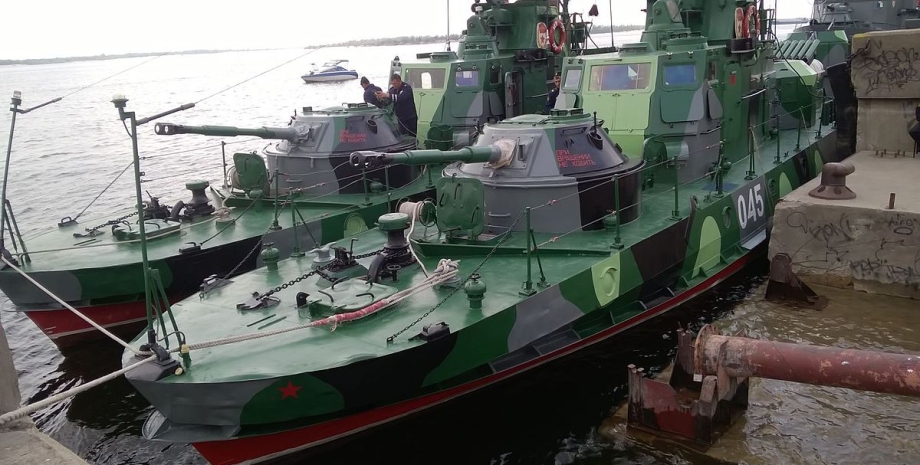
The Russian news agency referred to sources close to the enforcement structures of the occupied Crimea. According to them, the so -called Dniprovsk Fleet will include the Navy of the Russian Federation. It will be based on armored boats of the Shmel type project and high -speed landslides of Kalmar type. Currently, the vessels are part of the Caspian Fleet. These vessels are planned to be equipped with UAV protection, but which is not known.
The publication also reported that boats are not afraid of shallow water and can even get off the shallow. It should be noted that the bumblebees began to be developed in 1966, in 1967 they were adopted and by 1972 118 vessels were built, which are still exploited, according to an article published on Wikipedia. They were used for patrolling on rivers and lakes, for attack on river vessels of enemy forces, assistance to the ground forces of artillery-machine gun, transportation of personnel.
With "Kalmar" is a similar story. From 1972 to 1985, 20 such vessels were built, and there are currently only 2, according to Wikipedia. These air cushion boats were used to unload the landing and equipment ashore, to transport goods or operated in conjunction with the warehouse of landing ships of the "rhino".
The TASS reminds that the formation of the so -called Dniprovsk Fleet of the Navy of the Russian Federation was previously stated by the Minister of Defense of the Russian Federation Sergey Shoig. According to the plan, it should consist of a brigade of small missile ships, artillery and rocket boats, river mines, a unit of marine infantry, coastal missile and artillery units. In this way, the invaders want to interfere with the possible force of the Dnieper River in its lower reaches.










All rights reserved IN-Ukraine.info - 2022